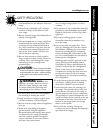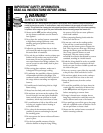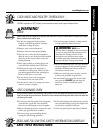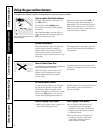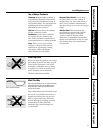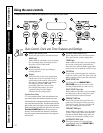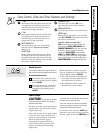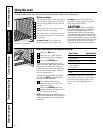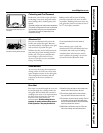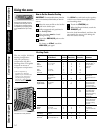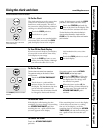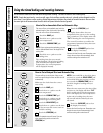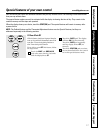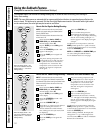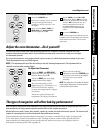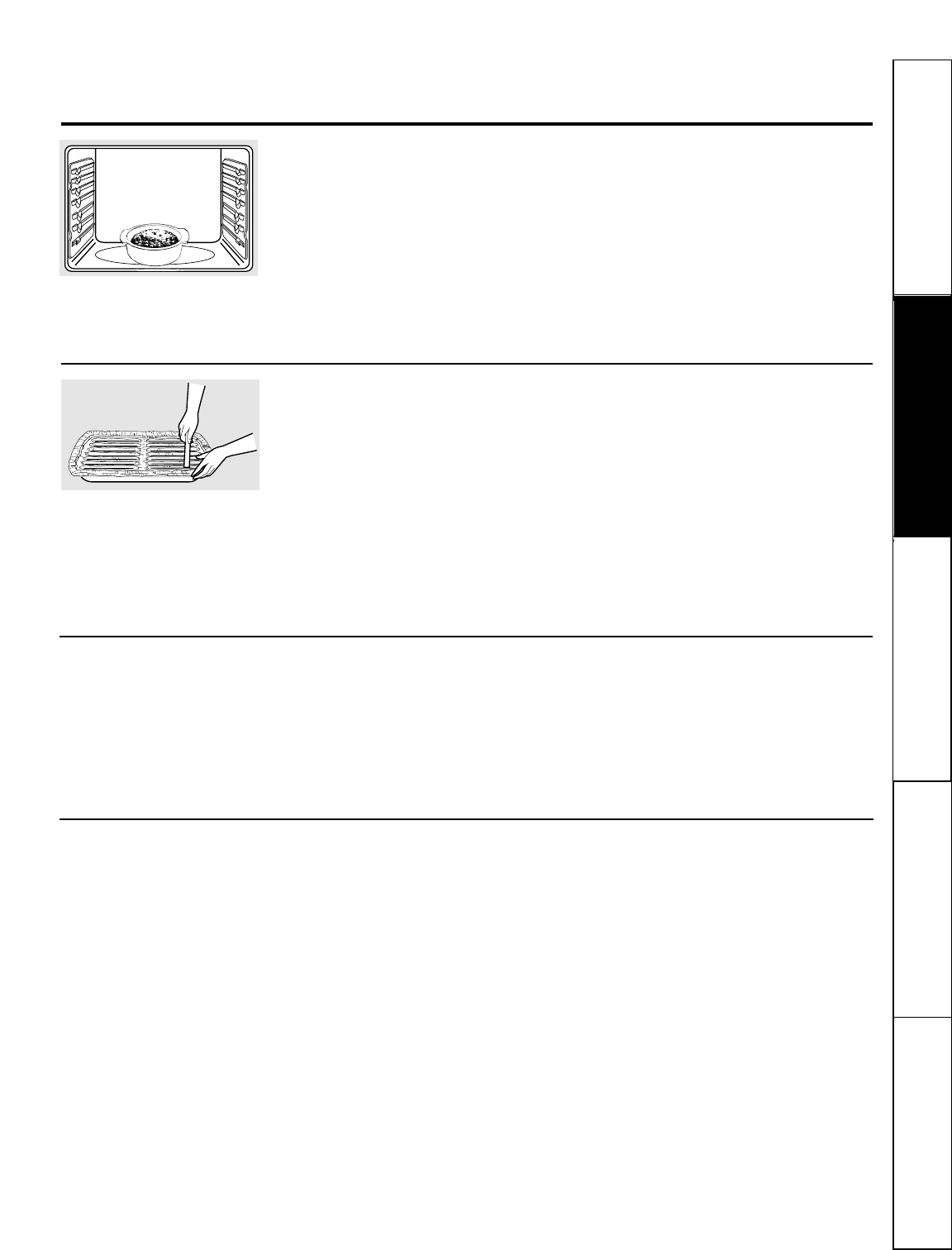
13
Aluminum Foil
You can use aluminum foil to line the
broiler pan and broiler grid. However,
you must mold the foil tightly to the grid
and cut slits in it just like the grid.
Without the slits, the foil will prevent fat
and meat juices from draining into the
broiler pan. The juices could become
hot enough to catch on fire. If you
do not cut the slits, you are essentially
frying, not broiling.
Do not use aluminum foil on the bottom of
the oven.
Never entirely cover a rack with
aluminum foil. This will disturb the heat
circulation and result in poor baking.
A smaller sheet of foil may be used to
catch a spillover by placing it on a lower
rack several inches below the food.
Cut slits in the foil just like the grid.
Preheating and Pan Placement
Preheat the oven if the recipe calls for it.
Preheating is necessary for good results
when baking cakes, cookies, pastry and
breads.
To preheat, set the oven at the correct temperature.
The control will beep when the oven is preheated
and the display will show your set temperature.
The preheat time will vary depending on the
temperature setting.
Baking results will be better if baking
pans are centered in the oven as much
as possible. If baking with more than one
pan, place the pans so each has at least 1″
to 1
1
⁄2″ of air space around it.
Do not place foods directly on the
oven floor.
Oven Moisture
As your oven heats up, the temperature
change of the air in the oven may cause
water droplets to form on the door glass.
These droplets are harmless and will
evaporate as the oven continues to
heat up.
Safety Instructions
Operating Instructions Care and Cleaning
Troubleshooting Tips Consumer Support
www.GEAppliances.com
Oven Vent
Your oven is vented through the rear vent
located through the cooktop under the
vent grille. Do not block this vent when
cooking in the oven—it is important that
the flow of hot air from the oven and
fresh air to the oven burner be
uninterrupted. Avoid touching the vent
openings or nearby surfaces during oven or
broiler operation—they may become hot.
■Handles of pots and pans on the cooktop may
become hot if left too close to the vent.
■Do not leave plastic items on the cooktop—
they may melt if left too close to the vent.
■Do not leave any items on the cooktop. The hot
air from the vent may ignite flammable items
and will increase pressure in closed containers,
which may cause them to burst.
■Metal items will become very hot if they are
left on the cooktop, and could cause burns.



